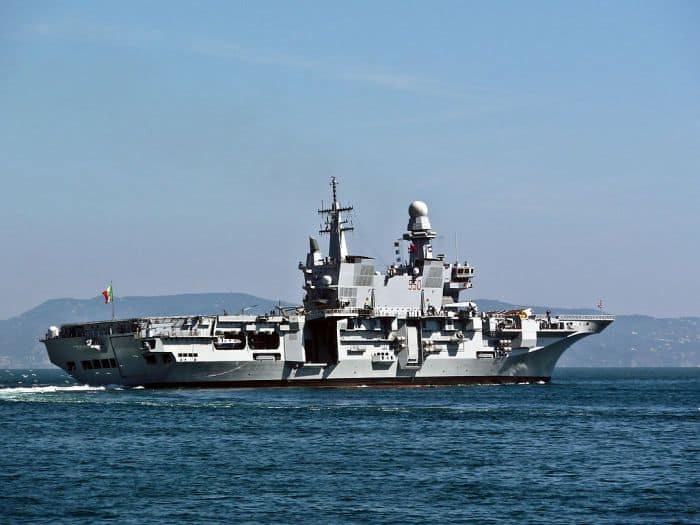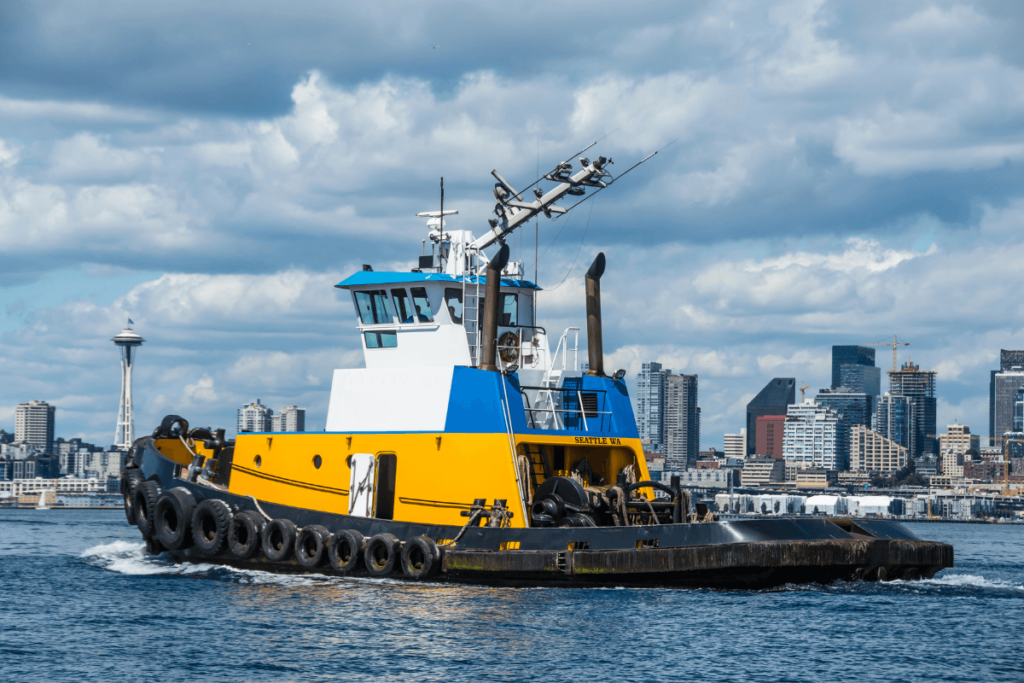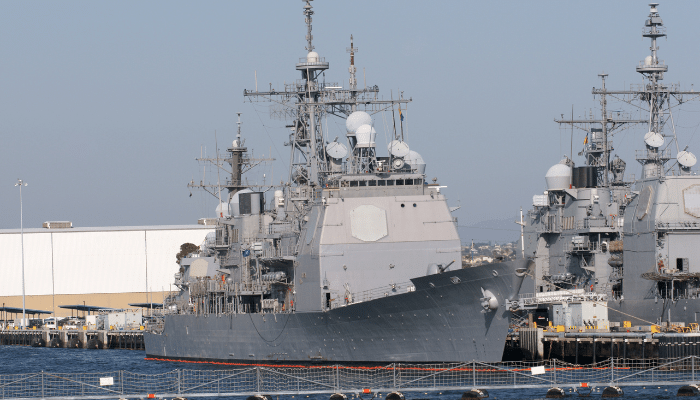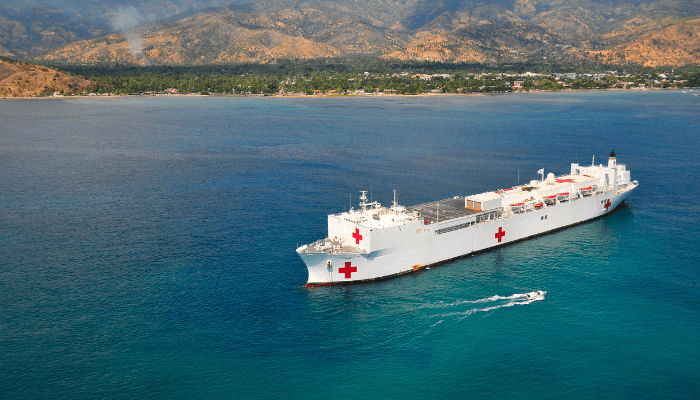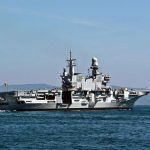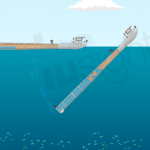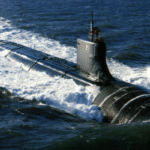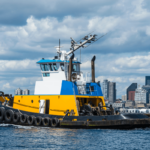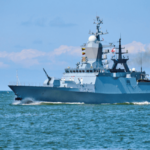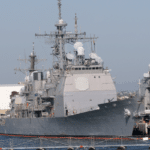What is Floating Instrument Platform?
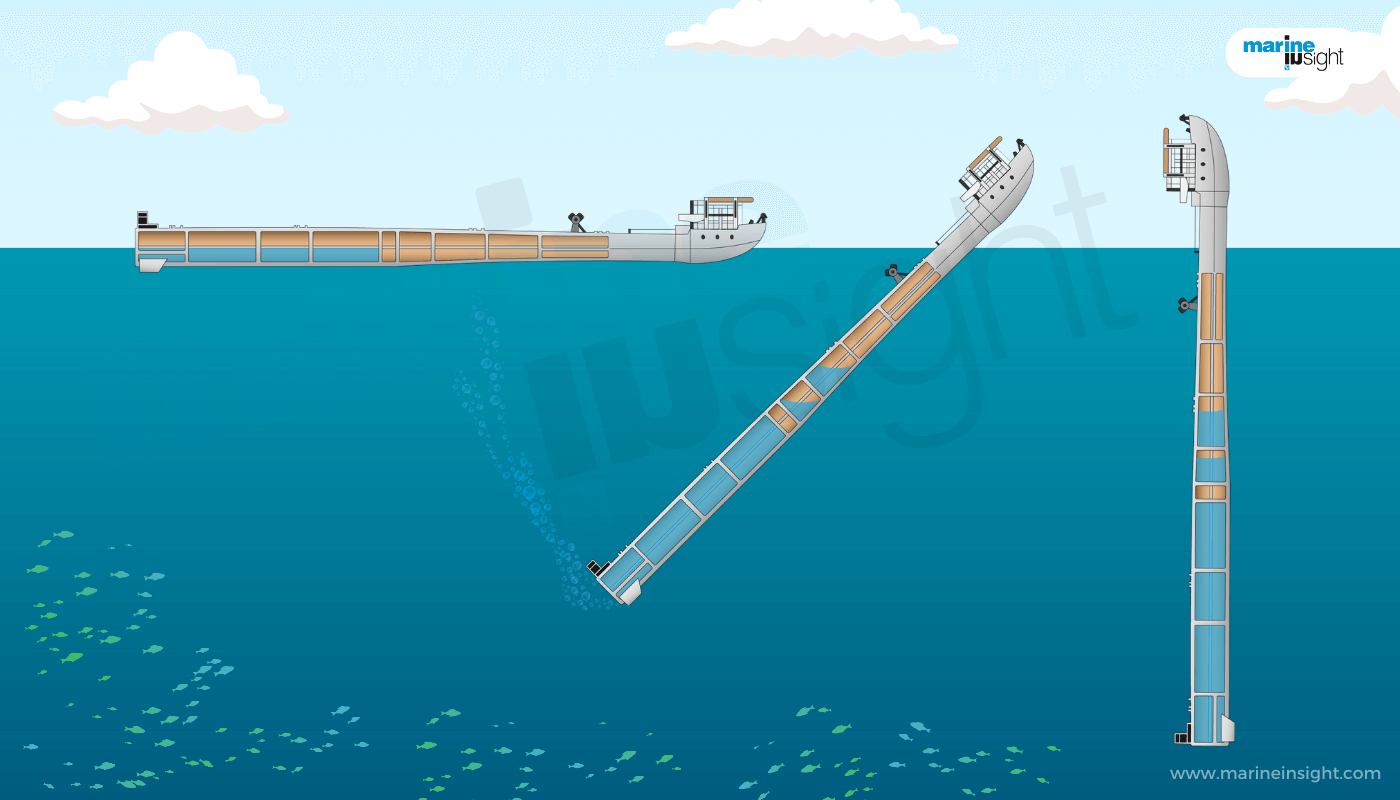
Have you ever imagined a ship that can float both normally (horizontally, like we all know) and in an inverted position, perpendicular to the water’s surface? As weird as it may sound, something like this exists! Or rather, it existed.
R/P FLIP or Floating Instrument Platform was a floating offshore ocean research platform-like structure that existed for almost 60 years until it was retired in 2021 and stands scrapped as of 2023.
A first (and till now the only) of its kind, this structure was capable of floating and operating both in the normal horizontal orientation on the water surface, like all other ships, and in a 90-degree flipped position, perpendicular to the water surface, with its majority being submerged.
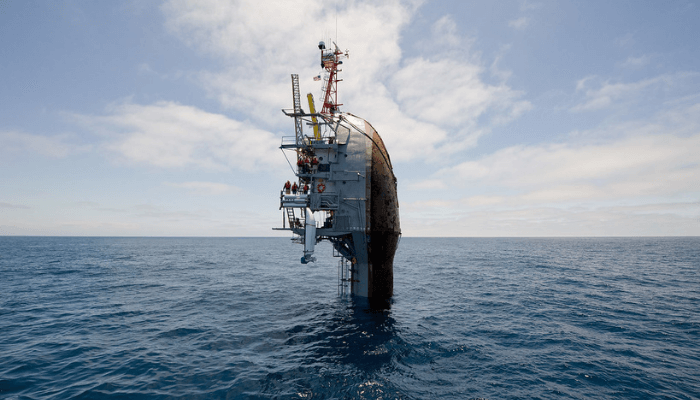
Owned by the Office of Naval Research, a technological research and development branch under the US Navy, and operated by the Scripps Institution of Oceanography (under the University of California, San Diego), this floating structure was conceived to contribute to underwater research as a part of the SUBROC submarine program.
However, this engineering marvel has contributed immensely to eclectic areas of study and explorations for nearly six decades. The name FLIP here alludes to the abbreviation of its technical name (Floating Instrument Platform) and its typical behaviour of flipping or turning by a whole right angle.
Whether to call this idiosyncratic and trailblazing marine structure a vessel or a platform has always been contentious. While this structure resembles a strange combination of both a ship and an offshore structure, it was more accurately alluded to as a platform since only the front portion of it resembles a ship (from bow to a few frames aft), and it does not have any means of propelling on its own.
Background behind the Flip Ship
Underwater research for a wide variety of purposes has been pervasive for a very long time. The primary objective behind this historical structure is to measure variances in phase and amplitude of sound waves due to thermal gradients and changing topology distribution as a part of its underwater acoustics study for the US Navy SUBROC Program.
Moreover, during the late 50s, there was an augmented amount of attention in the oceanographic domain to study waveforms and patterns and map seafloor nature more comprehensively.
As an initial effort, a naval submarine, USS Baya, was employed to conduct the research. However, there were problems. Firstly, the vessel encountered persistent stability problems due to constant wave action, especially the excess amount of yaw motions.
This impeded the ability to obtain proper optical or electromagnetic reference. Moreover, due to the ability of the submarine to delve only to a certain depth, some margin of error remained during the measurements. These were further disrupted due to effects like underwater noise and other disturbances.
Since, during those times, advanced technologies and remote digital means to study underwater features were limited, there was a pressing need to work out a plan to conduct underwater research in a physically more viable way such that not only there is better visibility but also lesser errors and inaccuracies in terms of the data collected.
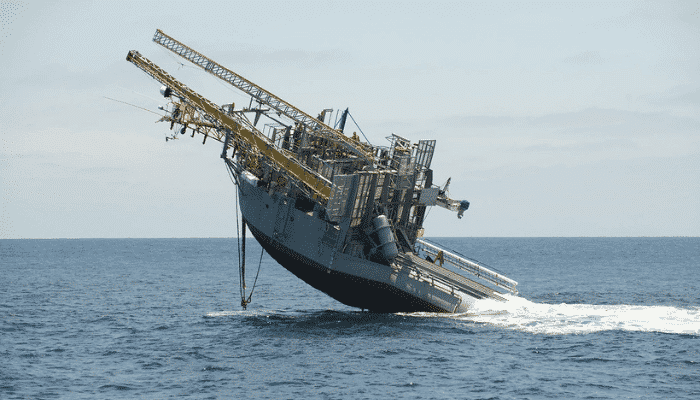
Henceforth, to attain these requirements, two very important aspects were stressed:
- Maximum possible depth for data collection
- Minimal level of disturbances and effects due to waves, currents, tides, and other disturbances during the study
Thus, there was a need to have something like an offshore structure, like a SPAR, that caters to stability in response to high seas and is disposed of well enough to collect all relevant oceanographic data at greater depths without hindrance. However, at the same time, it also needed to be sufficiently designed to be towed from place to place when required, like a vessel.
Hence, after conducting several experiments and numerical analysis for such a design feasibility, the FLIP configuration was conceived in 1962, which optimised all the research requirements as well as was a cross-over of both a ship and an offshore structure like a SPAR, where stability is high in both horizontal and vertical configurations. Moreover, The vessel was less responsive to torsional effects under high pressure.
Design Philosophy and Technical Characteristics of the Flip Ship
The vessel is shaped like a spoon or a baseball bat, where the front part resembles a ship, and the majority resembles a slender tubular structure, like a SPAR, often known as the handle.
The FLIP SHIP is about 108 metres or 355 ft. long., with a maximum beam of about 8 metres, where the vessel-like projection ends a few frames from the bow. The handle spans about 300 ft long, while the ship-like bow region accounts for the remaining 50 ft.
The vessel has a maximum displacement tonnage of about 700 GT. Under normal circumstances, it floats like a normal vessel with a draft of about 3.5 to 4 metres.
During operations, the tanks in the long, slender, and tubular structure known as the handle are pumped with water up to 700 tons of capacity and, at the same time, pump air through compressors into the tankage at the ship-like bow region.
These differential weights cause the flooded aft portion to sink and, simultaneously, the front bow region to rise, aligning itself to an orientation of 90 degrees. Now, the structure behaves like a SPAR platform or a buoy, where it is stable and remains vertically suspended in water till an immersion depth of 300 ft.
The structure was also capable of being moored to 5000 ft depths. Sometimes, for extra stability, an aft propeller fan rotating about the vertical axis of the platform was deployed. The protruding bow region extends about 50 feet (about a five-storey building) above mean sea level and resembles an upturned vessel. The entire process of flipping or tilting takes hardly 30 minutes.
At this configuration, the structure is as stable as any other offshore platform, like a SPAR, and exhibits very little response to external disturbances, like waves and currents. It has been seen that 30 ft of a wave can cause oscillations hardly up to 3 ft vertically for the structure. At such high depths, the extraction of oceanographic data using the required apparatus was much easier and free of external disturbances.
Likewise, while again re-orienting it back to horizontal configuration, the ballast tanks in the handle region were discharged, and about 3000 cubic feet of air was forcibly pumped through the compressors. At the same time, the air tanks in the bow region were expelled. Once the vessel slowly aligned back level with the waterline, the air tanks in the forward region were again filled with ballast such that the structure floated like a normal vessel at a required draft.
FLIP was made up of Tri-ten high-grade special steel. The platform did not have any propulsive capabilities. When towed, it could attain low speeds of 7 to 10 knots. The platform could carry a complement of (11 research/operations personnel + +5 dedicated crew) and had an endurance of about a month without replenishment.
There were two research spaces with the necessary equipment. To sustain lives on board, the structure has two 150 kW diesel generators and one 40 kW auxiliary generator as a backup. There was a freshwater tank with a capacity of about 1500 gallons supplied by a reverse osmosis replenishment system rated at 31 gallons per hour.
The most interesting feature of this structure was the accommodation area. What happened when the vessel flipped?
Interestingly, the design of these spaces was also such that they were usable in either configuration. Essentially, the bulkheads became floors, and the floors became decks, and vice-versa! Likewise, the arrangement spaces were also made to cater for both orientations.
For example, there were sinks at both horizontal and vertical orientations, as shown. There were doors in both orientations. Some outfitting items like beds, bunkers, or cooking stoves were made on pivoted gimbals, so they self-adjusted flexibly depending on the orientation.
Besides acoustics, the platform was used for a wide range of research utilities like studying waves, ocean water chemistries, temperatures and pressures, underwater topology, bathymetric studies, underwater magnetometry and electrostatics, and meteorological studies.
The structure consisted of various equipment, from hydrophones to sensors to high-frequency SONARs. The communication and navigation equipment range includes Gyros, GPS, RADARs, VHFs, INMARSATS, and so on.
After operating for almost 60 years, the FLIP SHIP was retired in 2021. Though the design was revolutionary, it has yet to be further replicated. In the age of cutting-edge technology and digital means to extract even the most remote data sources, operating something like this is redundant. However, this masterpiece’s contribution to underwater studies and research remains unmatched.
You might also like to read-
- What is Tension Leg Platform (TLP)?
- What Are Jack Up Barges – Everything You Ever Wanted To Know
- Life On An Oil Rig – Do You Know What It Takes?
- 7 Vessels That Have Taken Naval Architecture To New Heights
- 30 Types of Navigation Equipment and Resources Used Onboard Modern Ships
Disclaimer: The authors’ views expressed in this article do not necessarily reflect the views of Marine Insight. Data and charts, if used, in the article have been sourced from available information and have not been authenticated by any statutory authority. The author and Marine Insight do not claim it to be accurate nor accept any responsibility for the same. The views constitute only the opinions and do not constitute any guidelines or recommendations on any course of action to be followed by the reader.
The article or images cannot be reproduced, copied, shared, or used in any form without the permission of the author and Marine Insight.
Do you have info to share with us ? Suggest a correction
Latest Type Of Ships Articles You Would Like:

About Author
Subhodeep is a Naval Architecture and Ocean Engineering graduate. Interested in the intricacies of marine structures and goal-based design aspects, he is dedicated to sharing and propagation of common technical knowledge within this sector, which, at this very moment, requires a turnabout to flourish back to its old glory.
Subscribe To Our Newsletters
By subscribing, you agree to our Privacy Policy and may receive occasional deal communications; you can unsubscribe anytime.



